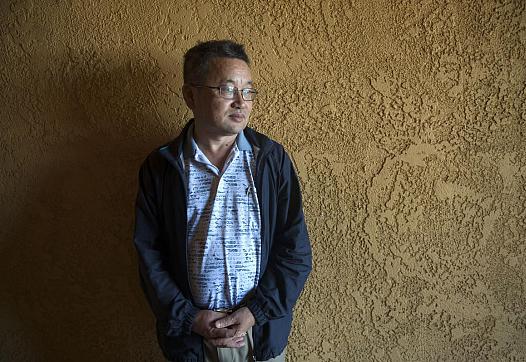
The shocking call came a decade ago from campus police at UC Berkeley. Kwang Ho Kim's son, a straight-A student, had dumped all his clothes on the bed and set them on fire.

The shocking call came a decade ago from campus police at UC Berkeley. Kwang Ho Kim's son, a straight-A student, had dumped all his clothes on the bed and set them on fire.
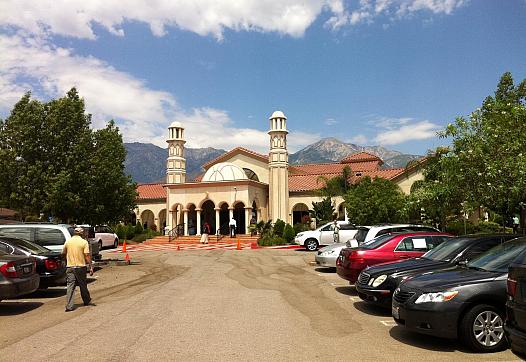
Concluding his series on mental health in the wake of the San Bernardino terror attack, KVCR's Matt Guilhem looks at how area Muslims process the scrutiny they receive.

On December 2, 2015, Julie Paez was shot twice during the San Bernardino terror attack. KVCR's Matt Guilhem recently spoke to Paez about her recovery and determination to move forward from that trauma.

The saturation coverage of the San Bernardino terror attack put parents in a tight spot. Should they talk to their children about what happened? KVCR's Matt Guilhem looks at how two different families with personal connections to the tragedy navigated the situation.

Minutes after gunfire erupted in San Bernardino last December, emergency personnel from a host of local agencies were there. KVCR's Matt Guilhem examines the traumatic scene first responders arrived at that day and the lingering effects the attack has had.
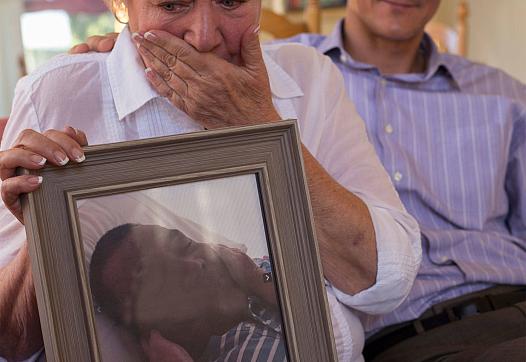
There have been more than two dozen San Diego County jail suicides between 2010 and 2015, well above average. The suicides highlight a national problem: the increasing number of mentally ill people landing in jails.

The December attack on San Bernardino County employees brought ISIS-inspired terrorism to the Inland Empire. KVCR's Matt Guilhem begins a series of stories on mental health in the wake of the shooting.
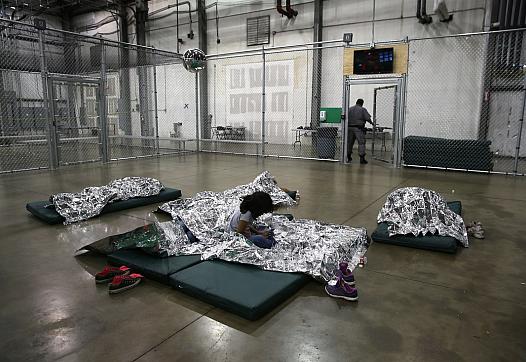
“We wanted to see the sun because the lights were on inside all the time. They would wake us up all the time, they wouldn’t let us sleep,” said one unaccompanied minor placed in a Texas detention center. “I wanted to cry. I thought, ‘God why am I here. Why did I come?’”
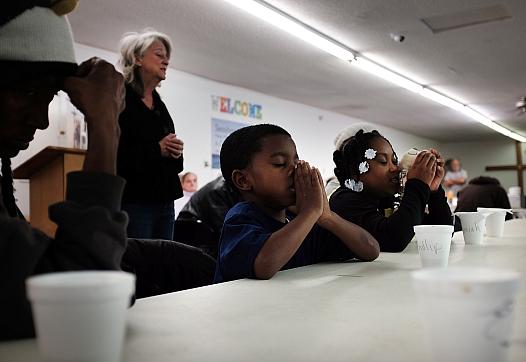
A new study suggests the Great Recession greatly increased the likelihood of mental health problems among children. The pattern held true even in families in which no one lost their job.